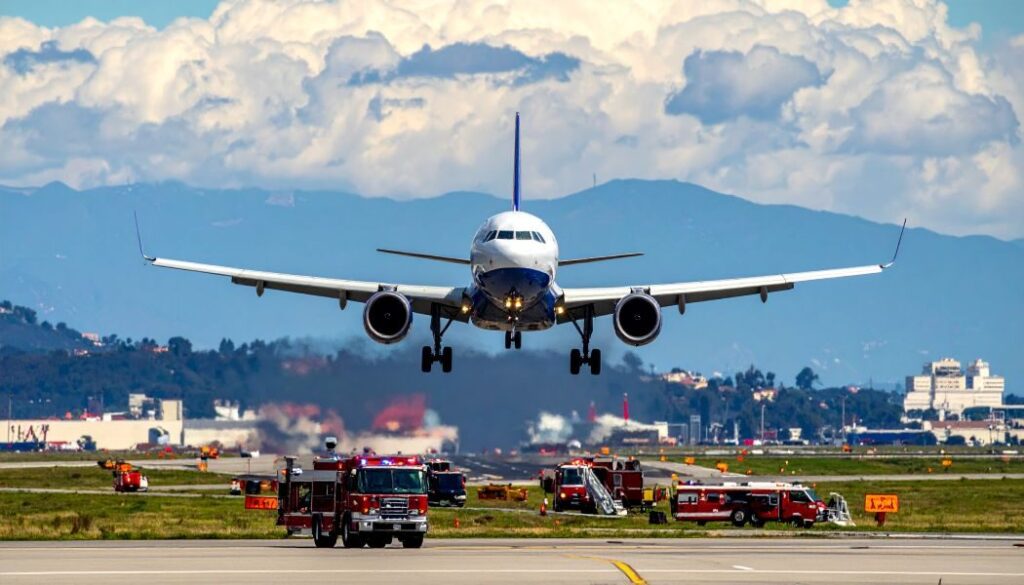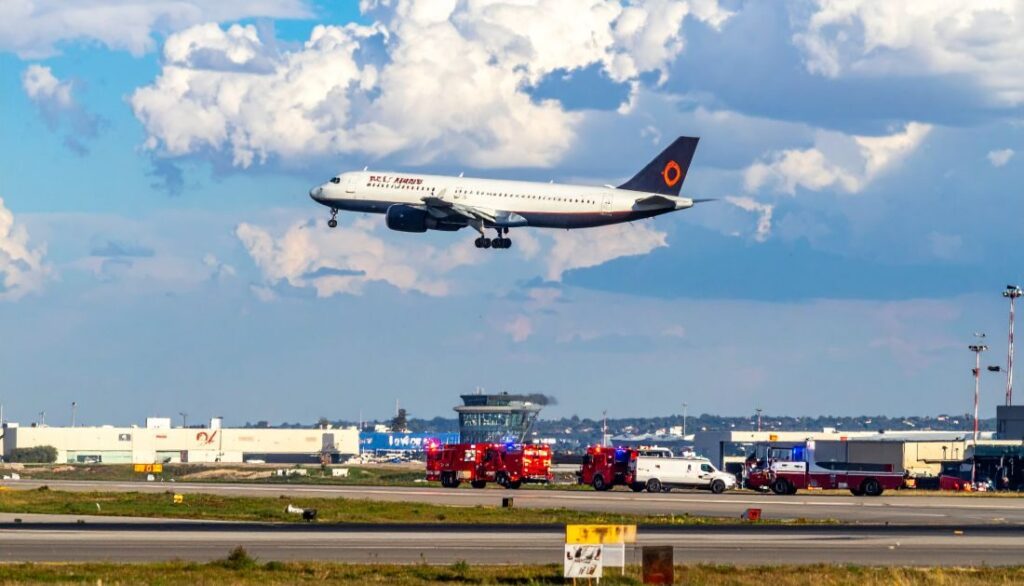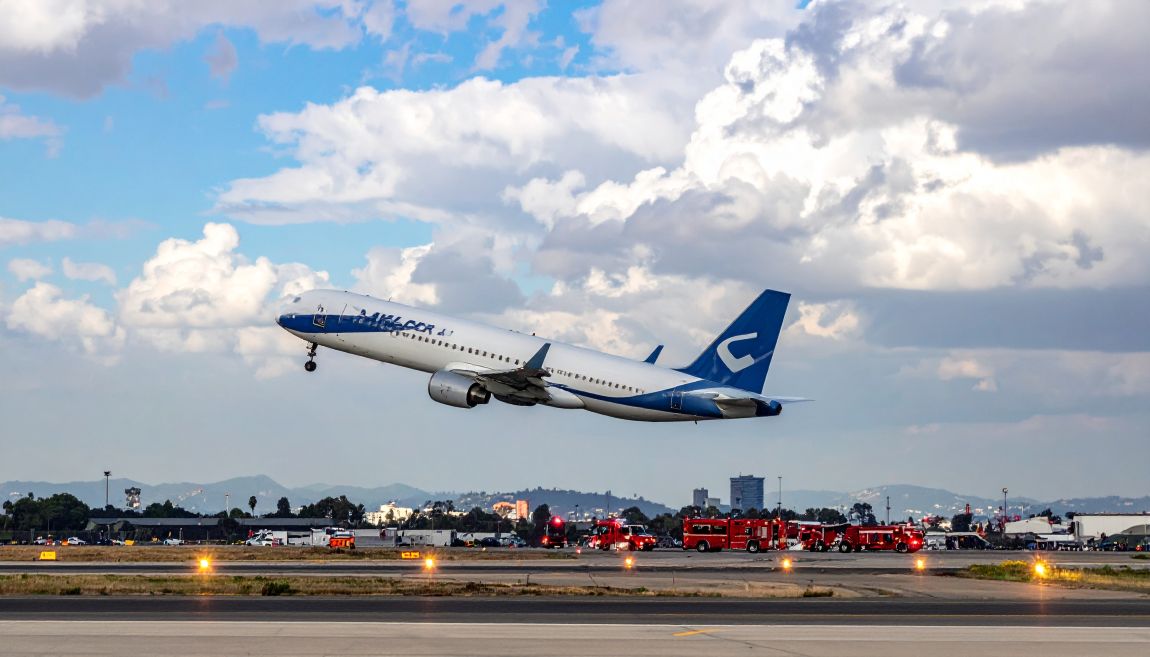Passengers on Delta Flight DL275 diverted LAX experienced an unexpected change in their journey. Originally scheduled to fly a direct route from Asia to its intended U.S. destination, the flight encountered an issue midair that required a safe diversion to Los Angeles International Airport (LAX). Diversions are not uncommon in aviation, but when they occur, they raise curiosity and questions about safety, scheduling, and passenger impact.
Delta Flight DL275 was operating as a long-haul international route with hundreds of passengers onboard. The decision to divert was made after pilots identified a situation that warranted precautionary landing at the nearest leading airport providing full-scale amenities and services.
This article will break down why Delta Flight DL275 diverted LAX, what happened during the journey, how passengers reacted, Delta’s official response, and the broader context of flight diversions in aviation.
Why Was Delta Flight DL275 Diverted to LAX?
Technical or Mechanical Concerns
Aircraft are complex machines, and even minor mechanical warnings can prompt a diversion. In the case of Delta Flight DL275 diverted AX, technical checks became necessary mid-flight. The flight crew noticed irregular readings from one of the aircraft systems and decided that continuing the journey posed potential risk.
Delta has strict safety protocols, and pilots are trained to take precautionary measures rather than risk continuing long stretches over the Pacific. LAX offers advanced maintenance crews, specialized equipment, and immediate access to Delta’s operational support.
Although most diversions related to technical concerns do not indicate catastrophic danger, they are critical for ensuring that passengers, crew, and aircraft remain safe. The diversion of DL275 was handled professionally, with pilots calmly informing passengers about the precautionary landing.
Weather and Air Traffic Conditions

Another contributing factor to flight diversions is weather. While the main focus of Delta Flight DL275’s diversion was reported as technical, weather conditions and traffic congestion around destination airports can also influence decisions.
Air traffic conditions may also play a role. Sometimes, approaching airports experience congestion, runway closures, or emergency landings from other aircraft, forcing diversions. For DL275, although not the primary reason, weather and traffic patterns were closely monitored by Delta’s operations team.
Airline coordination ensures minimal disruption when diversions occur. Delta works closely with air traffic controllers and airport authorities to reroute efficiently. Passengers are often unaware of the complex behind-the-scenes communication, but decisions like Delta Flight DL275 diverted LAX reflect the collaborative work of aviation professionals ensuring safe outcomes.
Passenger Experience During the Diversion
Reactions and First-Hand Accounts
Passengers aboard Delta Flight DL275, which was diverted to LAX, experienced a mix of emotions. Some felt anxious when the announcement was made, while others appreciated the professionalism of the crew.
Although diversions can be unsettling on long-haul journeys, Delta’s cabin crew communicated with calm reassurance. Announcements clarified that the diversion was precautionary, not due to immediate danger. Passengers also received regular updates, which helped ease concerns.
For those with connecting flights, the diversion created uncertainty, but Delta’s customer service team began preparing rebooking options before landing. On social media, travelers shared that while the delay was inconvenient, they felt safer knowing safety came first. Photos from inside the cabin captured the relief many felt upon arrival at LAX.
Despite disruptions, passengers praised Delta for its transparency and focus on well-being. The crew’s professionalism left a lasting positive impression, even during an unexpected detour.
Comfort, Safety, and Onboard Communication
The role of cabin staff cannot be underestimated. In high-stress situations like diversions, clear communication, empathy, and support help maintain calm. Delta’s team proved their training by delivering exactly what passengers needed—reassurance and transparency.
The diversion highlighted how effective communication can turn a potentially stressful situation into a manageable one, showing why Delta maintains strong passenger satisfaction ratings.A key factor in passenger experience during diversions is communication. On Delta Flight DL275 diverted LAX, the crew’s proactive updates minimized confusion. Passengers were assured that the aircraft was stable and that the diversion was a precautionary measure.
Delta’s in-flight team ensured passengers remained comfortable during the longer-than-expected journey. Refreshments were served, and cabin crew assisted travelers with concerns about missed connections.
Safety demonstrations, normally routine, took on a renewed sense of importance as passengers realized the crew was well-prepared for every scenario. Many passengers later reported feeling confident due to the professionalism displayed.
Delta Airlines’ Official Response to DL275 Diversion
Statements from the Airline
After the incident of Delta Flight DL275 diverted LAX, Delta Airlines quickly released statements to ensure transparency. The airline confirmed that the diversion was due to precautionary reasons and emphasized that passenger safety was never compromised.
Delta’s communication team explained that technical checks were required, and landing at LAX allowed access to Delta’s maintenance hub. By addressing the incident openly, Delta reassured both passengers and the wider public that safety procedures were followed properly.
Airlines face scrutiny whenever diversions occur, and Delta’s prompt response helped manage public perception. Their statement reinforced the airline’s long-standing reputation for prioritizing passenger well-being above all else.
The company also acknowledged the inconvenience caused to travelers, especially those with connecting flights. Apologies were issued, along with assurances that Delta staff were working tirelessly to minimize disruption. This immediate acknowledgment showed Delta’s commitment to customer care.
Compensation, Rebooking, and Support

One of the biggest concerns for passengers when flights divert is what happens next. After Delta Flight DL275 diverted LAX, Delta Airlines activated its passenger support protocols. This included rebooking assistance, hotel accommodations where necessary, and meal vouchers for affected travelers.
Passengers with missed connections were prioritized for alternative flights. Delta’s global operations team coordinated with partner airlines to ensure minimal delays for those continuing to destinations beyond Los Angeles.
For some passengers, compensation policies applied depending on travel class, ticket type, and length of delay. Delta’s customer relations team handled individual claims to provide fair solutions.
Importantly, Delta also made digital communication easy—passengers could check rebooking status via the mobile app, reducing time spent in airport queues.
This structured response demonstrated how airlines can turn unexpected disruptions into opportunities to prove customer care. While diversions can be stressful, Delta’s organized handling of DL275 diverted LAX reassured passengers that the airline values their time and safety.
Impact of the DL275 Diversion on Operations
Flight Rescheduling and Delays
When Delta Flight DL275 diverted LAX, it created a ripple effect across Delta’s scheduling network. Aircraft assigned to specific routes often operate multiple back-to-back flights. A diversion can delay not only one flight but also subsequent rotations.
Delta’s operations center worked swiftly to reassign aircraft and crews. In some cases, this meant scheduling backup planes or rerouting passengers through alternate hubs like Atlanta or Minneapolis. The ability to recover quickly is what separates strong airline operations from weaker ones.
While passengers directly affected by DL275 faced inconvenience, Delta minimized long-term disruption by activating contingency plans. The airline’s large fleet size and strong operational capacity helped cushion the impact.
Industry analysts noted that diversions like this highlight the complexity of airline logistics. A single event can affect thousands of travelers worldwide. Yet Delta’s quick recovery efforts ensured that schedules stabilized within hours.
This incident served as a reminder of the challenges airlines face daily, and how effective crisis management is important to constructing and keeping client trust.
Effect on Connecting Flights and Travelers
Travelers on Delta Flight DL275 diverted LAX with onward connections faced additional complications. Many were headed to destinations across the U.S. or internationally, meaning rebookings were necessary.
Delta prioritized vulnerable passengers first—families with children, elderly travelers, and those with urgent commitments. Partner airlines were also engaged to assist with connections.
Some travelers had to spend an unscheduled night in Los Angeles, while others were placed on immediate alternate flights. Delta’s strong network in the U.S. made rebooking faster compared to smaller carriers.
For international travelers, rebooking was more complex, but Delta’s alliance partners helped accommodate schedules. While inconvenient, passengers largely appreciated the airline’s proactive handling.
Travel disruptions are inevitable in global aviation. What matters most is how airlines support passengers when plans change. By responding swiftly, Delta reduced frustration and demonstrated customer-first values.
Understanding Flight Diversions in Aviation
Common Causes of Diversions Worldwide
The case of Delta Flight DL275 diverted LAX fits into a broader pattern of flight diversions. Globally, diversions happen due to:
- Technical issues (engine alerts, system warnings)
- Weather conditions (storms, visibility, turbulence)
- Medical emergencies (passenger or group fitness crises)
- Airspace restrictions (political or military closures)
Aviation experts note that diversions are safety-driven, not convenience-driven. Every decision is weighed against risk and made with passenger safety as the priority.
Passengers often misunderstand diversions as signs of danger. In reality, they reflect how seriously airlines treat even minor irregularities. In the case of DL275, precaution outweighed inconvenience.
By explaining these causes clearly, airlines help passengers understand that diversions are an expected part of safe aviation practices.
How Airlines Prioritize Passenger Safety
Safety is the cornerstone of aviation, and Delta Flight DL275 diverted LAX demonstrated this principle in action. Airlines operate with strict rules requiring pilots to divert at the slightest sign of potential risk.
Air traffic controllers, maintenance crews, and flight operations teams coordinate in real-time to support diversions. While passengers may only see the inconvenience, what happens behind the scenes is a complex safety-focused operation.
Delta, like other major carriers, invests heavily in training its pilots and staff to handle emergencies. The DL275 diversion highlighted the effectiveness of these protocols. Passengers landed safely, maintenance checks were conducted, and onward journeys resumed once all systems were verified.
This reinforces an important point: diversions are not failures, but examples of aviation’s layered safety systems working exactly as intended.
Lessons Learned from the DL275 LAX Diversion
Importance of Transparency in Communication
One lesson from Delta Flight DL275 diverted LAX is the power of transparency. Airlines that clearly explain diversions build trust with passengers. Delta’s updates—both in the cabin and to the public—reduced uncertainty.
In an age where news spreads instantly on social media, silence can lead to speculation. By proactively addressing the diversion, Delta controlled the narrative and reassured its passengers.
This approach reflects a larger trend in aviation: communication is just as important as logistics. Passengers are more understanding of delays and diversions when they feel informed and respected.
Passenger Safety Protocols in Action
Another takeaway from the DL275 diverted LAX event is how well-established safety protocols ensure positive outcomes. Pilots made the right decision to prioritize precaution, while cabin staff supported passengers effectively.
These protocols are the result of decades of aviation learning and improvement. The fact that diversions are routine rather than rare emergencies shows how the industry continues to prioritize prevention.
For passengers, this means reassurance. Even when plans change, safety systems are always working to protect them. The DL275 case reinforces confidence in Delta and in aviation as a whole.
FAQs
1. Why was Delta Flight DL275 diverted to LAX?
It was diverted due to precautionary technical concerns identified mid-flight.
2. Were passengers on DL275 ever in danger?
No. The diversion was a preventive measure to ensure maximum safety.
3. How did Delta support passengers after the diversion?
Delta provided rebooking, hotel stays if needed, and compensation depending on delays.
4. Do flight diversions happen often?
Yes, diversions occur worldwide for technical, weather, or medical reasons, always prioritizing safety.
5. What can passengers learn from this incident?
That diversions, like DL275’s, show how seriously airlines value passenger safety.
Conclusion
The diversion of Delta Flight DL275 diverted LAX serves as a reminder that safety is always the top priority in aviation. While the incident caused disruptions and inconvenience, it also highlighted how effectively Delta managed the situation through communication, support, and operational strength.From the technical checks that prompted the decision to the rebooking assistance provided at LAX, Delta demonstrated professionalism throughout. For aviation enthusiasts and travelers alike, this event underscores an essential truth: diversions are not failures—they are successes Of a machine designed to guard lives.











